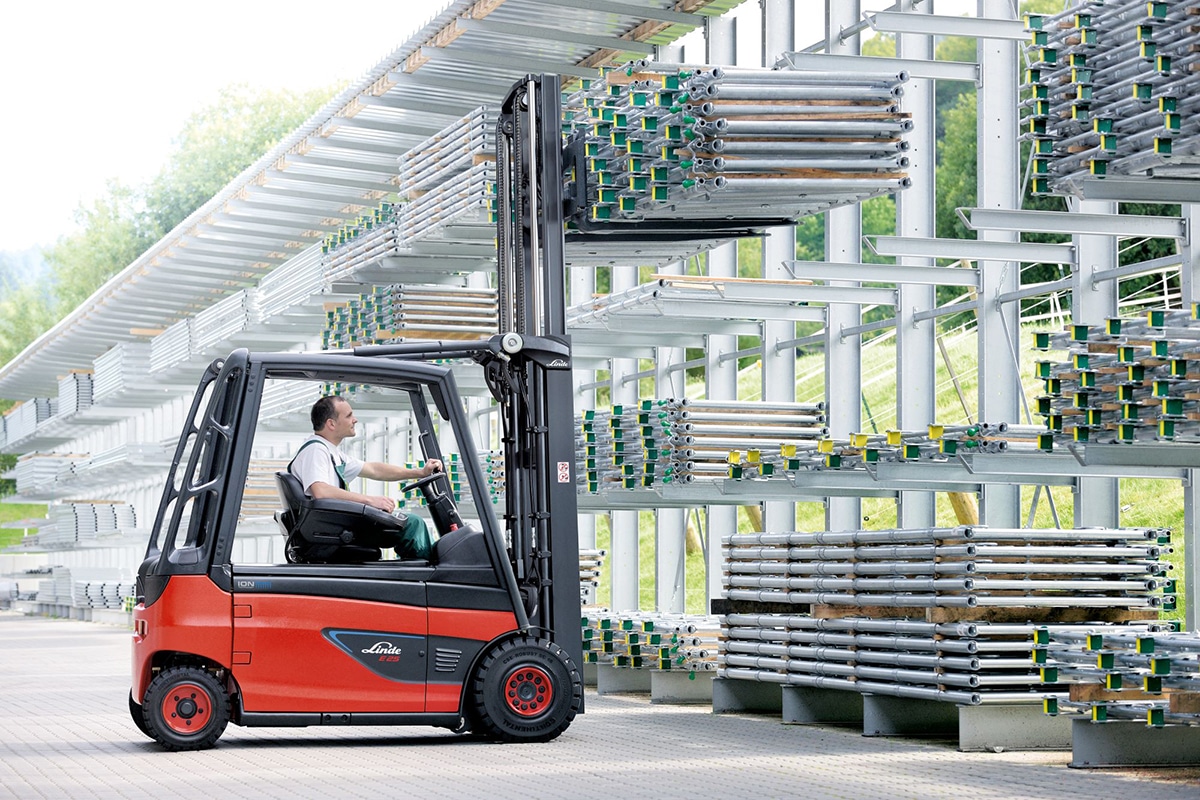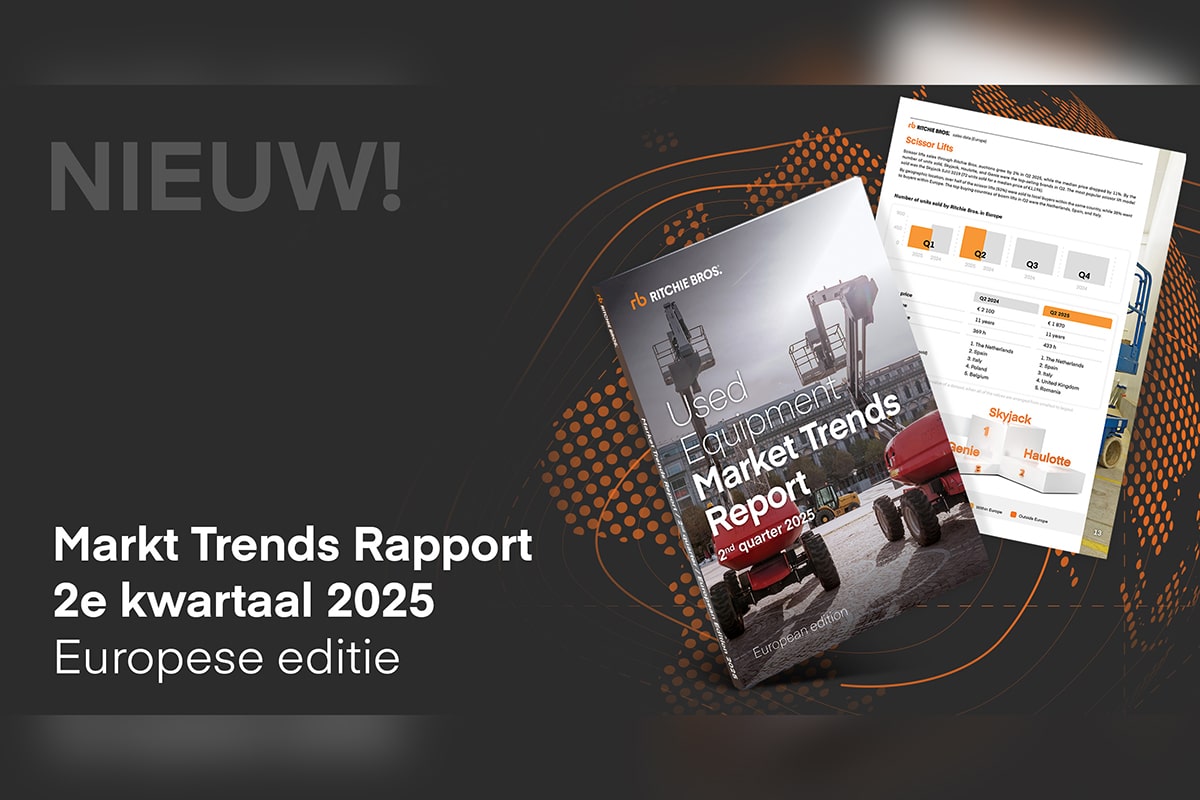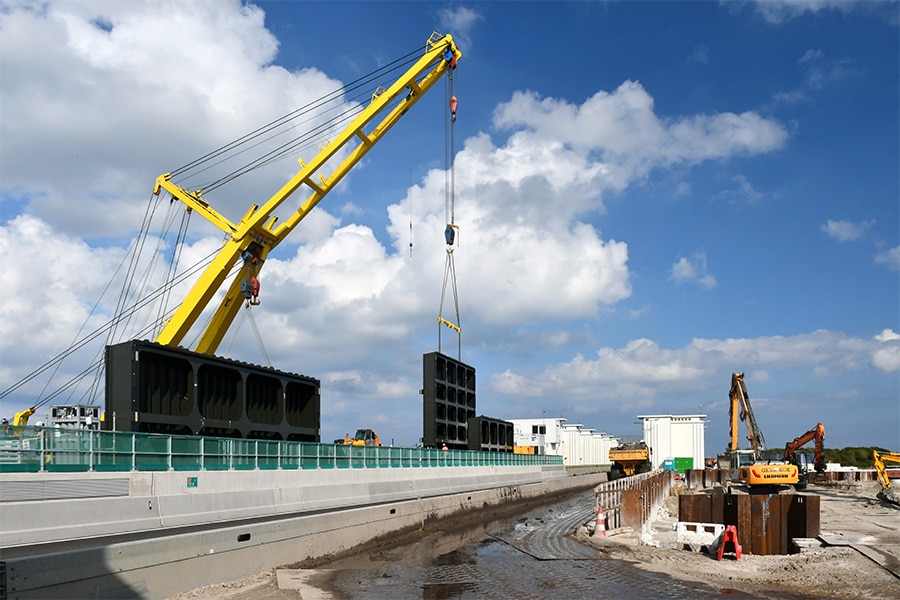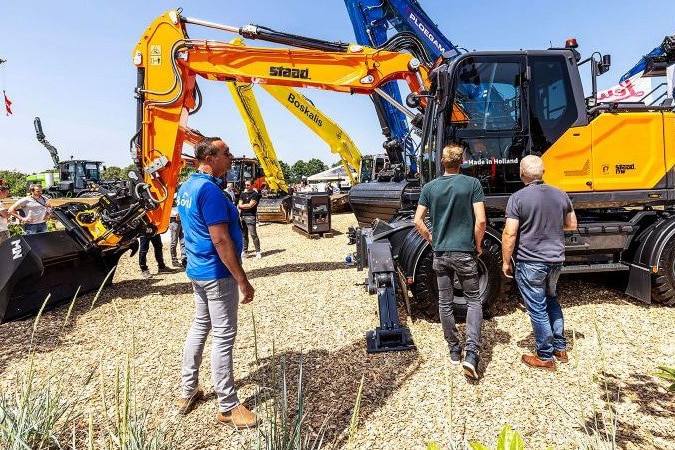
Mekante Diek faces one of the most unique dike strengthening tasks in the Netherlands
From the national High Water Protection Program a large number of dikes in our country will be reinforced until 2050. For the Rivierenland Water Board, this means about 400 kilometers of dike reinforcements in the coming decades, including the 19 kilometers of dike reinforcement between Tiel and Waardenburg that is currently under construction. According to construction consortium Mekante Diek, it is one of the most unique dike reinforcement assignments in the Netherlands.
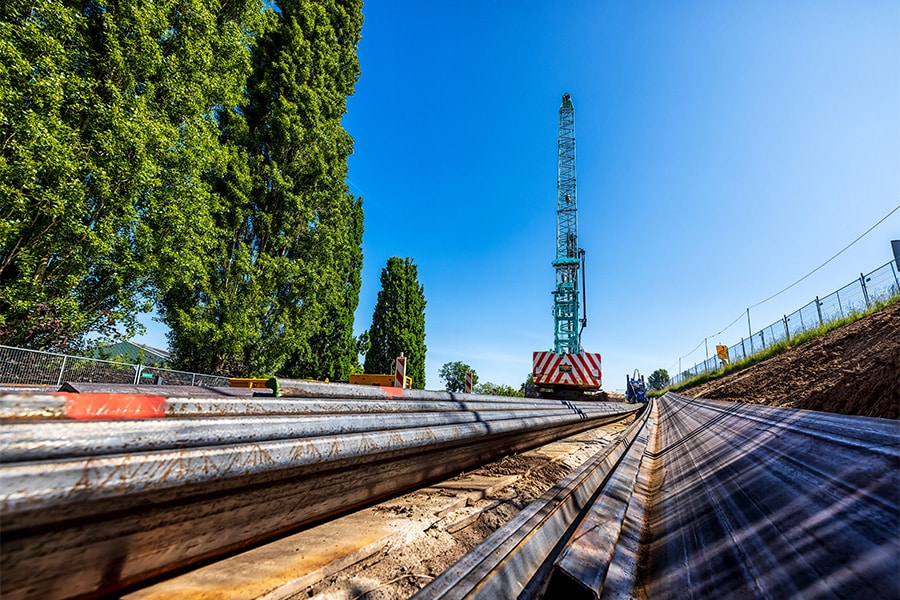
The Flood Protection Program is designed to bring all primary flood defenses in the Netherlands up to the legal standard. "The program provides for many dike reinforcements until 2050," knows Peter Lobbezoo, project manager from Waterschap Rivierenland. "The goal is to have all flood defenses back to strength by 2050. That does not mean, by the way, that they are not strong enough now. After all, we are building today the dike we need tomorrow." Mekante Diek, consisting of Dura Vermeer, Ploegam and Van Oord, anticipated the Tiel - Waardenburg dike reinforcement at an early stage. "Even before the work came on the market, we had been preparing for three quarters of a year," says Dick Baars, project director on behalf of Mekante Diek. "We really wanted to win this project as a combination. It's right up our alley."
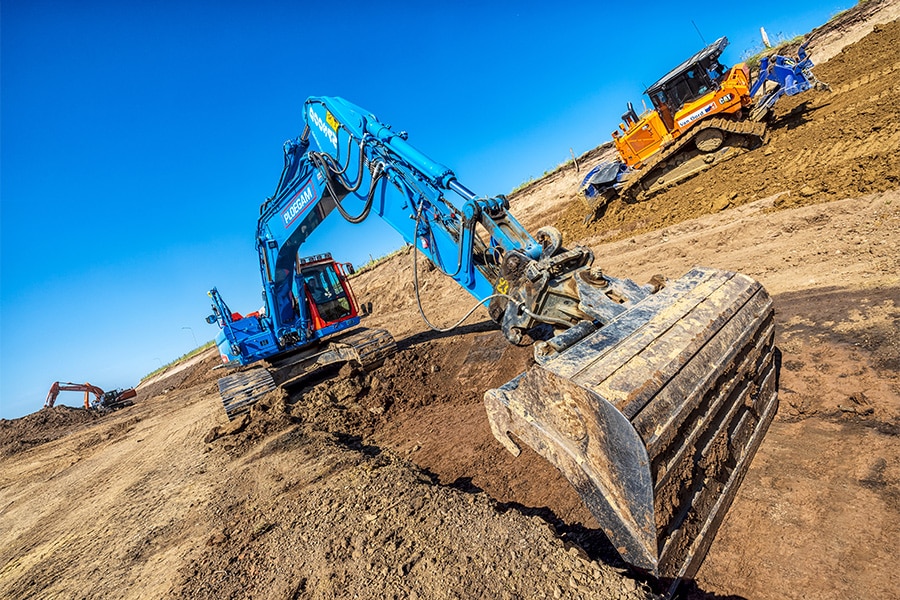
Ironclad
Dura Vermeer, Ploegam and Van Oord are seasoned experts in dike reinforcement. "We already have many dike projects to our name," Dick says with appropriate pride. "Especially special in this case is that Ploegam's first major assignment on this dike took place in the year 1987. It involved making classic zinc pieces for twenty groynes in the floodplains of the Waal near Opijnen. Within Mekante Diek, all three companies complement each other. We know each other through and through, learn from each other and are thus able to improve processes again and again. That makes us ironclad." And that far-reaching expertise comes in handy here between Tiel and Waardenburg. "It may seem easy to build a dike, but here almost every meter of dike is different. The dike is high and steep in some places, space is very limited, property owners have their input, the project is almost entirely in a Natura2000 area and there is a lot of old pain from the past because of bad experiences with a previous dike reinforcement. The Emergency Act raised a lot of suspicion at the time. In short, this project requires customization. We want to present our calling card, also towards the surrounding area."

Structured full throttle
Mekante Diek's approach is grafted on minimizing disruption to the surrounding area. "We deliberately choose to bring almost everything by water," Dick indicates. "Furthermore, where necessary, sheet pile walls are installed vibration-free and low-vibration, so that the chance of damage remains as small as possible.
We put every effort into making the project run smoothly. Everything we do is prepared to perfection, otherwise we don't go out. Structured full throttle." Peter can confirm this and says, "From the water board we very consciously asked for an approach with as little disruption as possible. And of course we also realize that it is a complicated puzzle, given the limited space, the applicable laws and regulations, attention to archaeology, nature, emissions, and so on. In addition to limiting disruption, as a water board we strive for the most sustainable implementation possible. We challenged the market to execute the project with the lowest emissions and energy demand. Mekante Diek has responded to that very adequately."
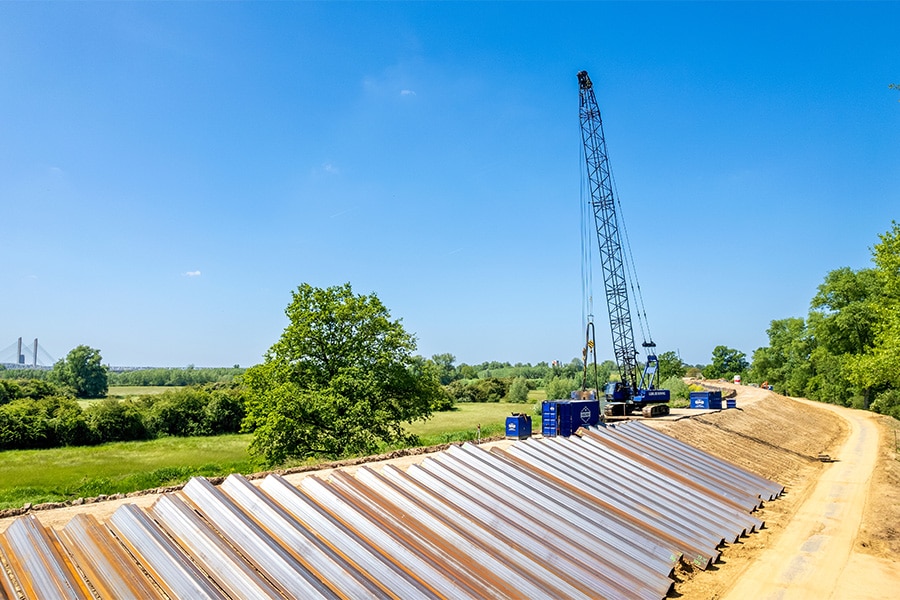
Electric machinery
The combination praised the Water Board for its sustainable solicitation. "It shows courage and daring," Dick believes. "We have chosen to carry out whatever can be done electrically that way. From electric excavators and piles to electric tippers and cranes, it all comes together here. I think we can now say that we have the largest fleet of electric equipment and vehicles in the Benelux. Or maybe even of Europe. We have even developed a fast charging plaza from this project in cooperation with Betuwewind." WattHub is the world's first fast-charging plaza for trucks and heavy construction equipment. "We are starting to realize more and more that this project is very special," Peter continues. "Of course, as a water board, we are there for the dikes, but indirectly, with the fast-charging plaza, we are initiating a beautiful development." Dick can also agree: "From the primal question 'a better world starts with yourself' we see the quick loading plaza as a surplus. It will also make the Netherlands a lot cleaner after this dike reinforcement project along the A15 and beyond."
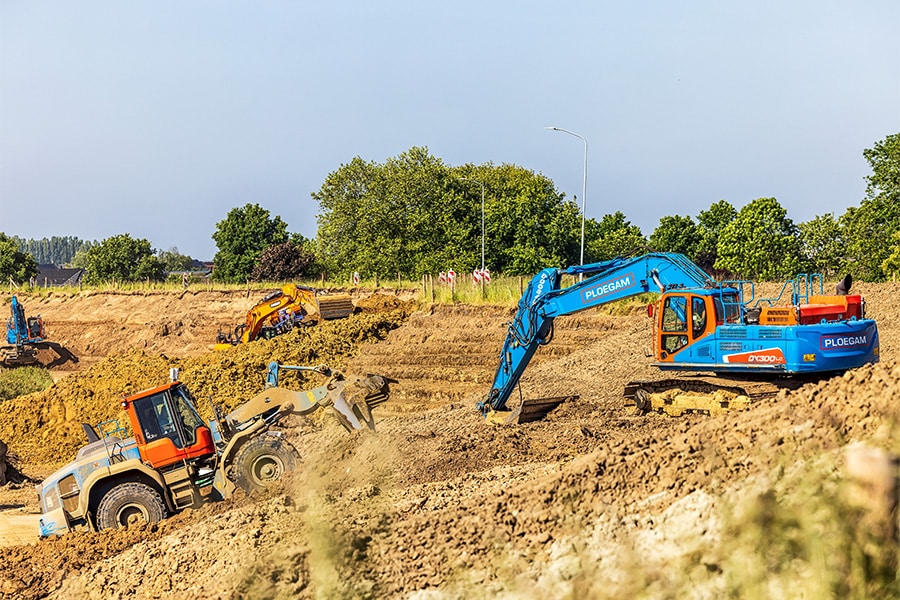
BIM
Apart from that nice "bycatch," dike reinforcement Tiel-Waardenburg is an enormous task. "Not only in terms of execution, but certainly also in terms of engineering," Dick emphasizes. "On the route, about 9 kilometers of sheet piling will be installed and the remaining 11 kilometers will be reinforced with soil. That's 'just' big work. And that's only possible if you work together. We are therefore involving our partners, subcontractors and suppliers at an early stage in the design process in order to coordinate everything down to the last detail. The project is also completely worked out in BIM. The drawings are read into the machinery one-to-one, but the model is also used to inform the surrounding area, coordinate risks and planning. In short, to create the integral puzzle. And thanks to relatively simple dashboarding, we can optimally track and manage the project." To date, then, we are running nicely on schedule, Peter notes. "The philosophy Dick outlined earlier 'of first preparing everything well before you get started' is something we see outside. It's a well-controlled process. In mid-August, the first dike section on the Tiel side was ready for seeding. We will start that in September. The plan is to have the entire section between Tiel and Waardenburg high-water safe by the end of 2026."
